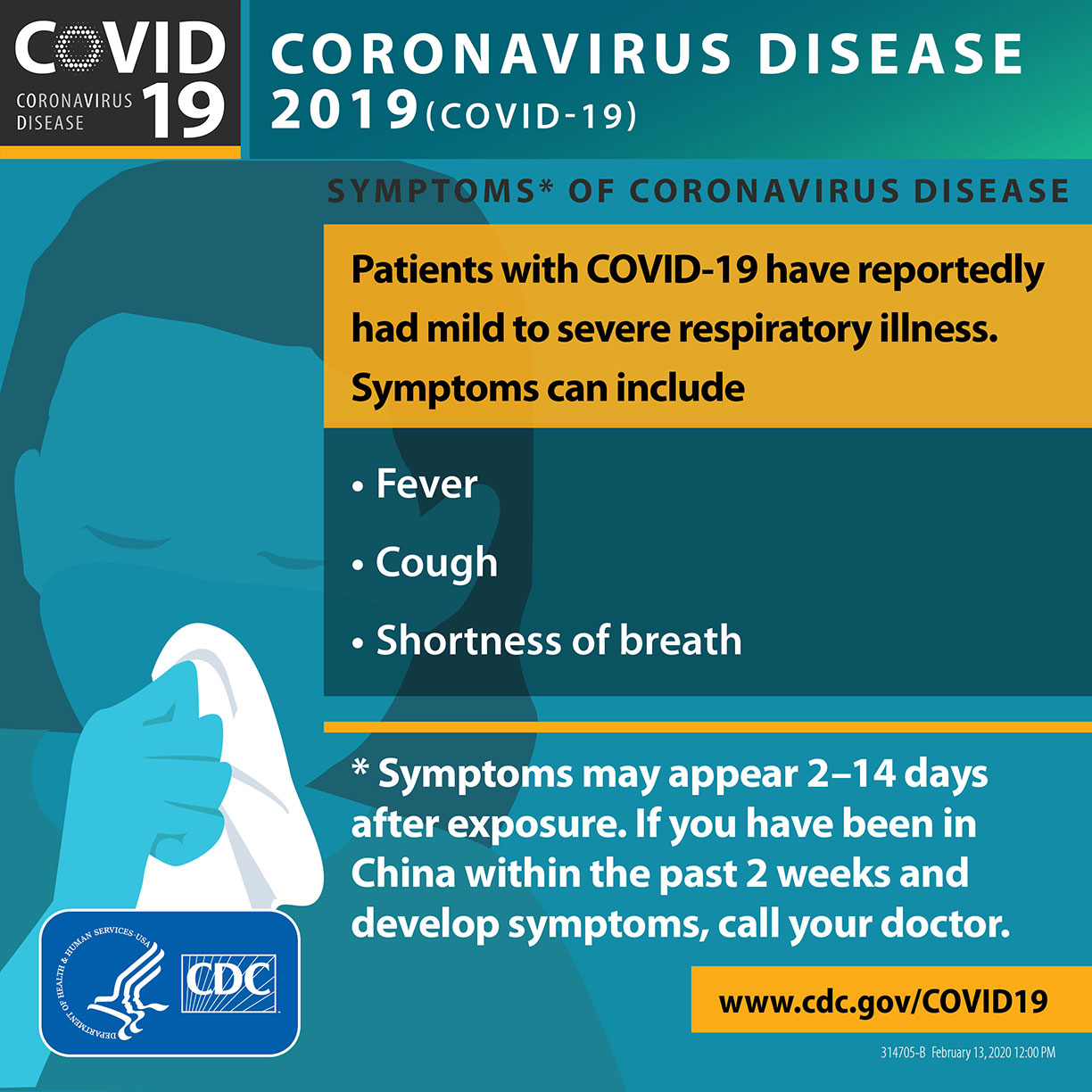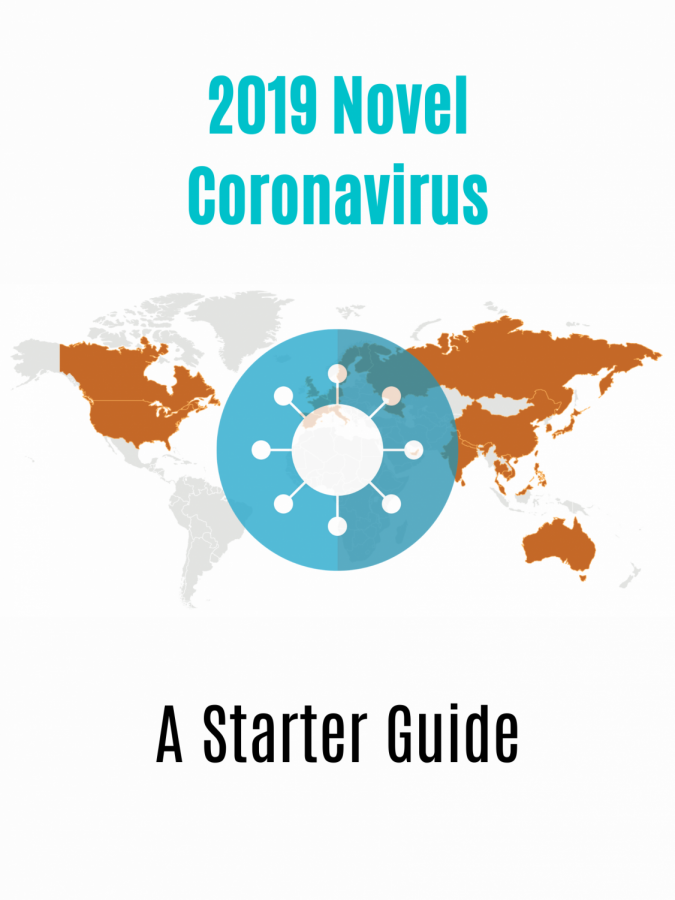2019 Novel Coronavirus: A Starter Guide
Death toll continues to climb as the virus spreads internationally
COVID-19 has been spotted in a suspected 30 countries, worrying people about the probability of the virus becoming a pandemic.
A mysterious new virus is quickly spreading, concerning, infecting and killing people in many countries around the world. Its official name is COVID-19, more commonly referred to as the coronavirus, and it’s claiming lives increasingly more often every day.
As of Thursday, Feb. 20, over 76,600 people carry the virus and more than 2,200 deaths have been reported around the globe. The vast majority of infections and deaths have occurred in mainland China, where the outbreak first began. There are over 1,000 cases of COVID-19 outside of China, in 30 other countries. As of now, there are 15 confirmed cases and no confirmed deaths in the United States.
There is still a lot of critical information that is unknown about the virus. For instance, how easily does the virus spread from person to person, and what percent of infected people will develop serious illness that leads to death?
This is a starter guide to everything that you need to know about the 2019 Novel Coronavirus.
What is a coronavirus, and where did it originate?
COVID-19 is a type of coronavirus that is the cause of a respiratory illness outbreak originating in Wuhan, China in late 2019.
According to the National Institute of Allergy and Infectious Diseases (NIAID), coronaviruses are a large family of viruses that are common to find in multiple species of animals, like bats and camels. There are hundreds of coronaviruses known to infect animals, but only seven different types of coronaviruses are known to infect humans, such as the infamous MERS-CoV and SARS-CoV viruses. It’s not understood why only some coronaviruses are able to infect humans.
Should I be worried about becoming infected?
The short answer to this question is no. The majority of people who are currently infected with COVID-19 are in China or have been to China recently. If you are worried about any illness, let it be the seasonal flu. From October 2019 to February 2020, the flu claimed at least 14,000 to 36,000 lives according to data from the Centers For Disease Control and Prevention (CDC).

However, much is still unknown about COVID-19. Scientists know at the moment that the illness can possibly be transmitted through the air. This discovery may continue to develop, as the first U.S. case of person-to-person spreading of the disease occurred in Illinois between a husband and wife.
In conclusion, you should not worry about becoming infected as of now, unless you’ve been to an infected area of China recently. There are no reported local cases of the illness, so the odds of being infected are very low, but never zero.
What are the symptoms of COVID-19?
The most common symptoms of COVID-19 are considered to be mild. This includes fever, cough, and shortness of breath. Less common symptoms include severe illness and death.
What can I do to keep myself healthy?
The World Health Organization (WHO) recently released its advice for the public on staying safe from this virus.
- Wash your hands frequently. Washing your hands with soap and water will wipe out the virus if it’s on your hands.
- Distance yourself in social situations. To be safe, maintain at least a three feet distance from those who are coughing, sneezing or have a fever. If someone around you carries the virus, the smallest cough can infect everyone in close proximity. If you are too close, you can breathe in the virus.
- If you have symptoms, seek medical care as soon as possible.
Tell a health care professional if you have traveled to an infected area of China recently, or if you’ve been in close proximity with someone who has been to China and is showing symptoms of the virus.
Whenever you have symptoms such as fever, cough and difficulty breathing, it’s important to receive medical attention quickly. Your symptoms may be due to a respiratory infection, or a more serious infection, such as COVID-19.
Despite the media coverage that is portraying this virus as a pandemic, there is more information about the virus that still needs to be discovered before it can be classified as such. The final verdict? Keep an eye out for new local cases of infection, do your own research on the virus and keep yourself healthy. Click here for the CDC’s updated coverage.


